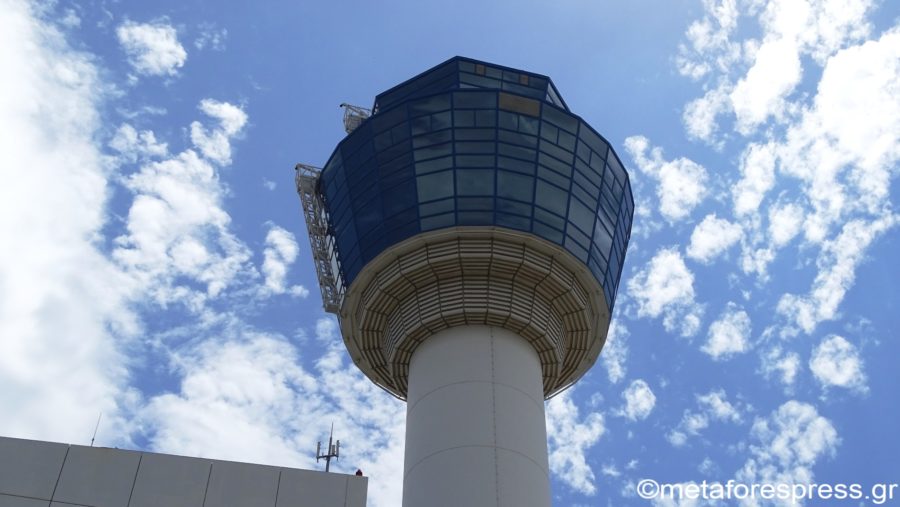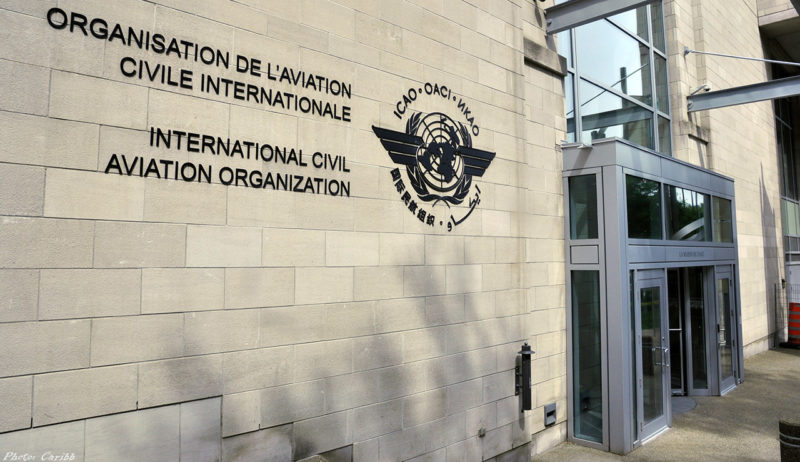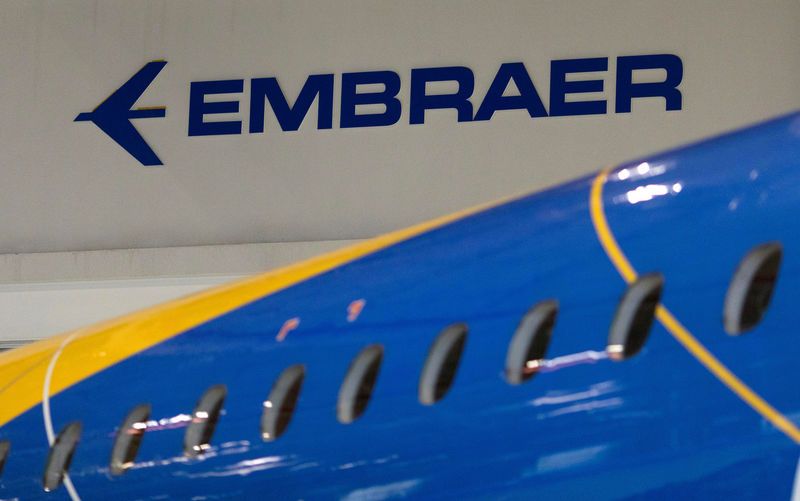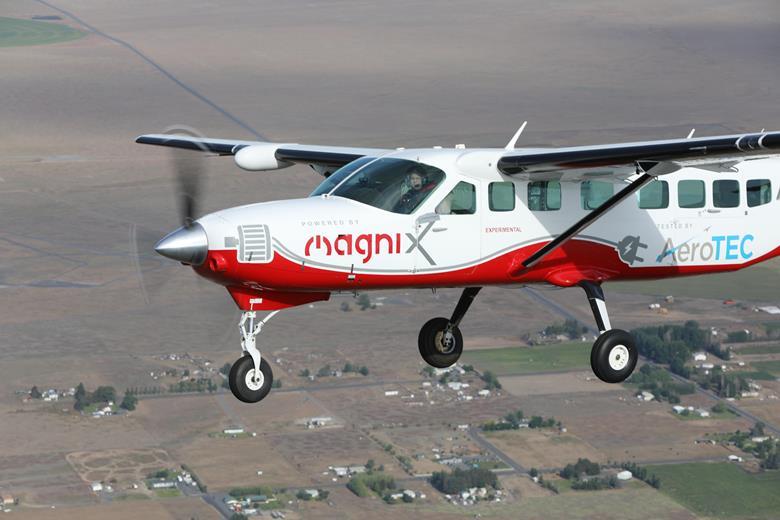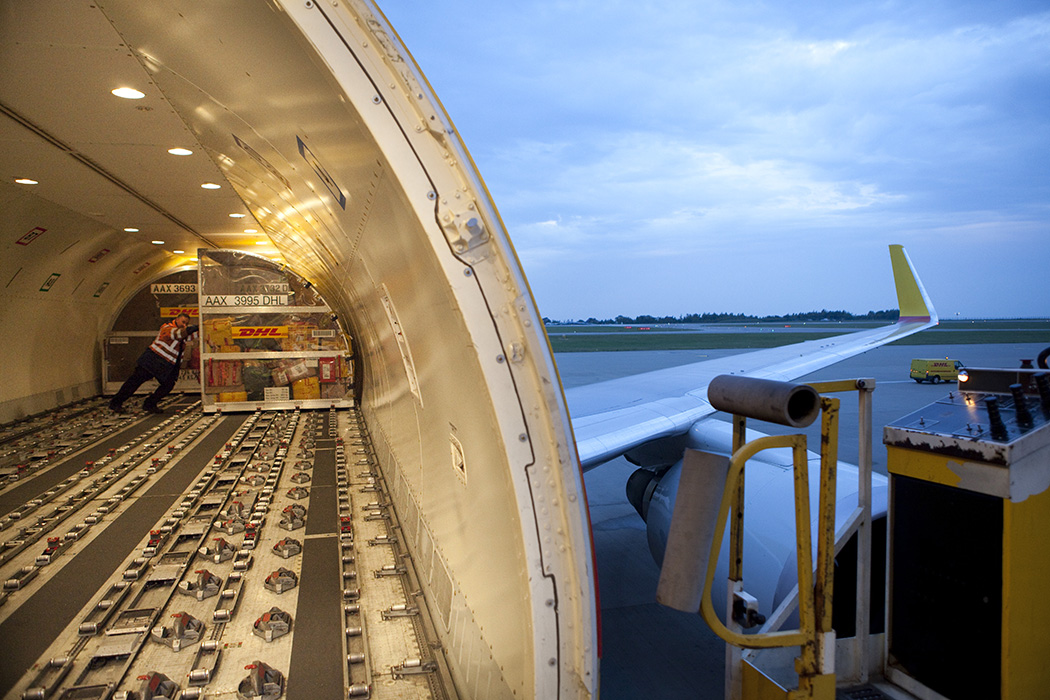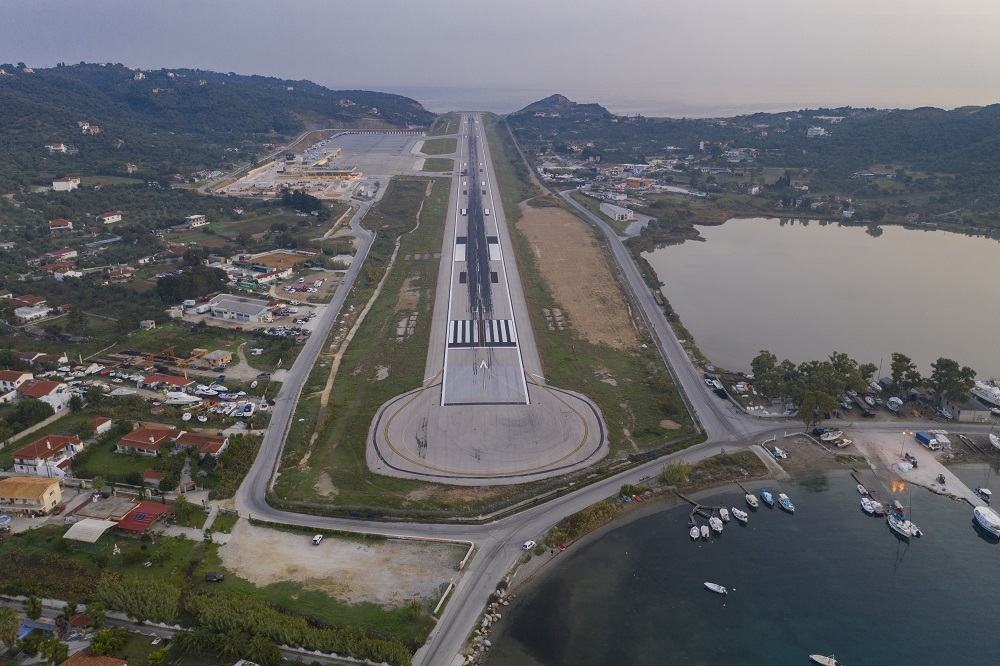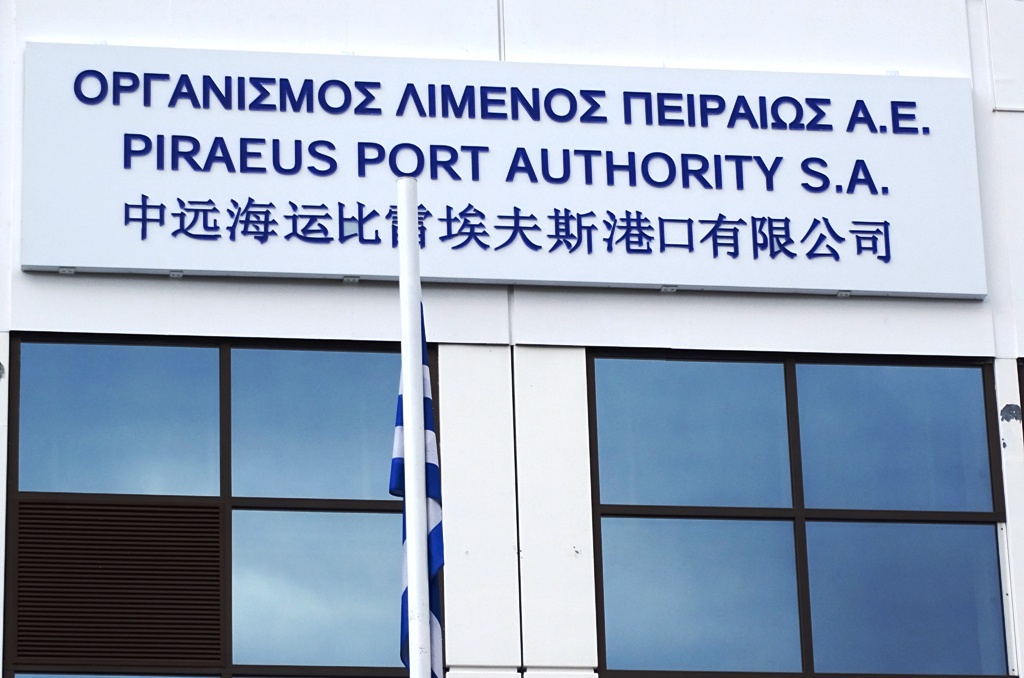Business aviation is grappling with the need to achieve emissions reductions on the path to net zero, including decarbonisation through all the scopes of operators’ – and passengers’ – actitivies.
We sat down with Kennedy Ricci, president of 4Air, an emissions reductions solutions provider focussed on private aviation, to learn more about where the industry is making the biggest strides in decarbonisation.
“The industry has seen an explosion of interest in sustainability, a drive for education around different options and issues, and the launch of many programs and initiatives across all stakeholders – everyone from individuals, airports, operators, brokers, OEMs, FBOs, MROs to the commercial airlines,” Ricci explains. “Any user of private or business aviation has a footprint from the use of fuel, and the ‘scope’ of reporting depends on the model under which the airplane is owned and operated. In order to reduce that footprint, private aviation, like aviation as a whole, is embracing several different pillars of sustainability to achieve short-term and long-term goals.”
These include on the one hand emissions reduction measures like technology, increasing operational efficiency, and the use of more sustainable aviation fuels, and on the other hand the often controversial use of carbon offsetting to account for the remaining carbon within operations.
“Private aviation operators have begun to offer more sustainability programs to its users and are ramping up their use of sustainable aviation fuel. This will be one of the most powerful decarbonisation opportunities over the next few decades,” Ricci predicts. “Between now and 2030, we are going to see a ramp up of production of SAF from current feedstocks as well as from some new types of SAF that come from more sustainable and more scalable feedstocks.”
It’s clear that, for conventionally powered aircraft, SAF will be the critical factor for decarbonisation through the 2050s. As new aircraft come on stream in the 2030s and 2040s, battery-electric, hydrogen-combustion, hydrogen-fuel-cell and hybrid power will be an option, but the size, scale and mission scope of these options have yet to be fully identified.
Throughout this time period, developing increasingly accurate carbon reporting and accounting will be required, especially around more sustainable aviation fuels and the ever-controversial carbon offsetting.
On the digital side, “there are regulatory initiatives requiring the reporting, and, in some cases, offsetting of emissions. However, the industry has done a good job of building tools to help operators and passengers determine their footprint,” Ricci assesses.
A current complexity is the diversity of pathways to produce more sustainable aviation fuels. Multiple factors are at work here in order to assess, account for and validate the level of carbon emitted by each: production pathway X may contain more sunk carbon than production pathway Y, while fuel A may require more blending with fossil kerosene than fuel B. Ensuring accurate documentation of the fuel from feedstock through production and blending is vital to ensuring proper accounting for this carbon.
We asked Ricci whether the industry had got out in front of regulators here, and whether industry standards are likely to satisfy regulators in the private aviation sphere.
“Without imposed regulations,” Ricci says, “we have seen operators really push the bar and make commitments that exceed even the strongest regulatory goals. Under the voluntary approach, we’ve seen a few companies really step up to lead the industry with meaningful and far-reaching commitments that are backed up with action today, not in the future.”
On the other hand, he suggests, “with regulation, we see companies falling back a bit more to rely on the regulation rather than innovation. A balance of regulatory requirements and incentives for pushing further is the right mix to catalyse the broadest change. The biggest piece we still need is education within the space and outside the industry about ongoing initiatives and realism about opportunities. So much of this is new to the industry and public, and it is critical to educate all stakeholders on the viability of these solutions and how they work.”
(Yocova)




